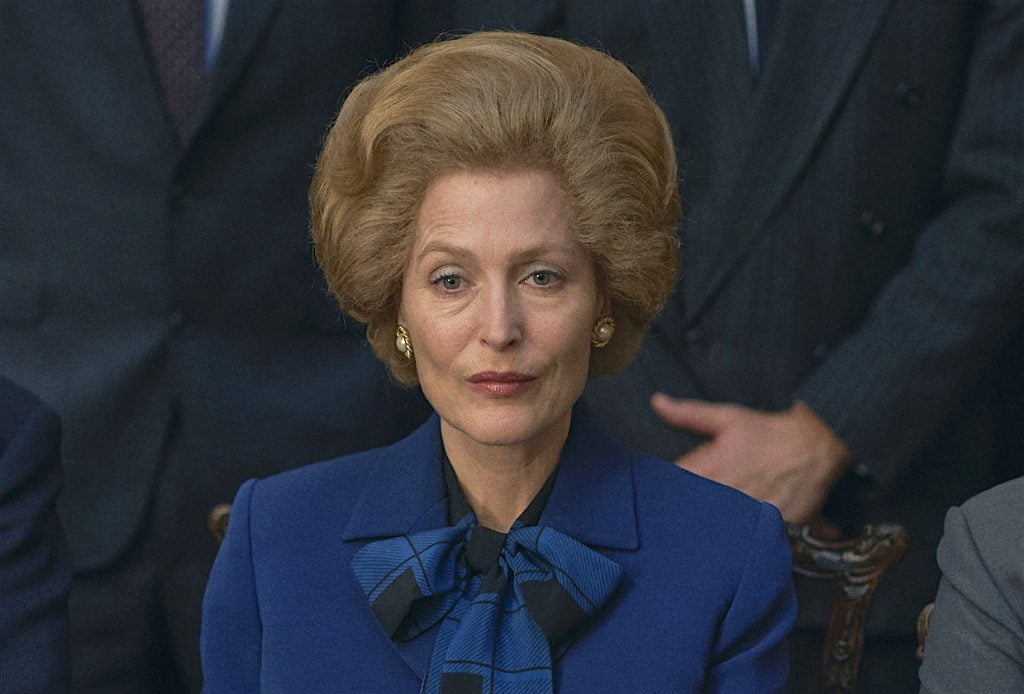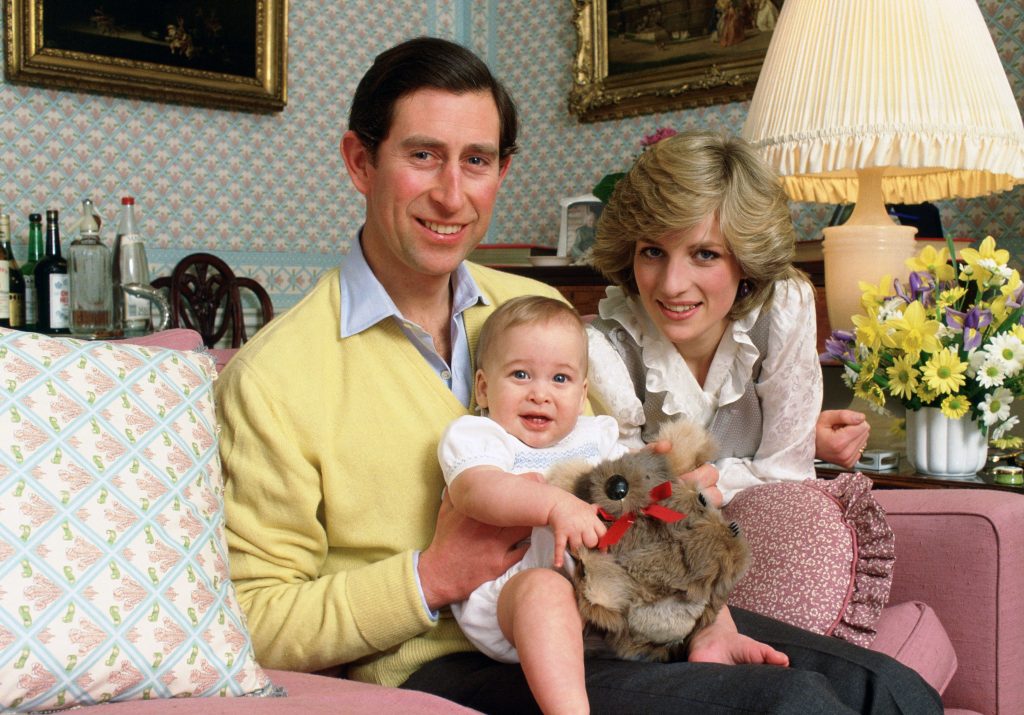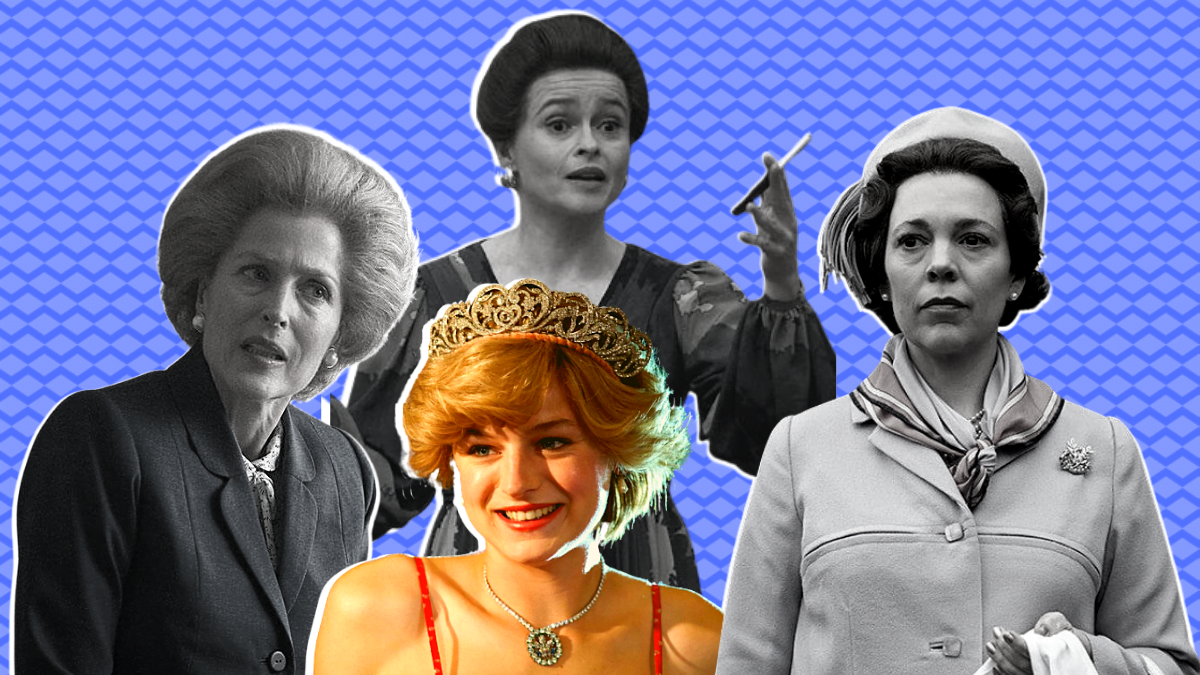When I sat down to watch the latest season of the globally acclaimed series The Crown, telecasted on Netflix, I was a bit nervous. We all have heard the great tale of our beloved, late Princess Diana and we all have picked our sides. When history of a particular event or sequence of events are alienated and presented 20 years later, there is a genuine possibility of humanising and redeeming the wrongful side by rationalising their life history.
The Crown had already produced 3 seasons of marvellous chronicles of the Royal Family. The life histories of the Queens, Kings, the Princes and Princesses were dissected each season to convey the message that the ‘Royal’ in the Royalty was merely a facade for fragile relationships that changed the course of world history. Naturally, Prince Charles, whose side I refused to pick, too had a tangled childhood as well as a difficult adulthood. But does The Crown absolve him of all his sins?

Read on and you might find an answer!
Growing up in one of the Commonwealth countries, the British Royalty has always been a space for curiosity. Stories of Princes and Princesses, not merely restricted to our fairytale books but on Television—as a handful of people lived the life of great supremacy over so many countries till date—was and still is fascinating. And Diana Spencer, later and popularly known as Princess Diana came the closest to our realities as she transgressed many said and unsaid rules of the British Monarchy. Netflix’s The Crown’s fourth season is centred around her, and the Royalty that put her through gruelling situations, with undertones of misogyny, sometimes even blatant patriarchy, that led to her eventual death (as speculated).
But the show doesn’t solely revolve around Princess Diana and Prince Charles. Most documentaries available on the internet have the tendency to focus entirely on the couple, to the extent that their context and the people around them and their influence is left unheard. In The Crown however, you do not see such an inclination to over-romanticise or at all romanticise the relationship between the two. It is established right at the beginning that although there was mutual infatuation, Diana and Charles’ relationship lacked adequate mutual love to have resulted in a healthy marital life.
In The Crown however, you do not see such an inclination to over-romanticise or at all romanticise the relationship between the two. The show doesn’t delay to express that Princess Diana was a victim of the prejudices propelled by the British Monarchy and their patriarchal standards for ‘the wife’ of a Prince.
The show doesn’t delay to express that Princess Diana was a victim of the prejudices propelled by the British Monarchy and their patriarchal standards for ‘the wife’ of a Prince. We definitely are asked to sympathise with Charles’ dilemma between choosing a twice-divorced Camilla mainly due to the discouragement of his family and the ‘docile’ Diana, with an undisputed past, who was perceived as being a perfect ‘fit’ for the Royalty. However, the story doesn’t begin or end here. It situates itself in a more complex, multifaceted narration of the miserable life that Diana and many like her led.
Being ardent fans of the Royal conspiracy theories, we all have read a lot about the life history of Diana as well as the Queen. No surprise here; The Crown does not tell us a different story. However, what it does is, supply us with great details about the chronology of events, some even fabricated as claimed by Hugo Vickers, a historian, along with some brilliant acting and excellent character sketches.
The Royalty in Britain had a manifesto of its own and everyone belonging to the family were expected to abide by it. To resist from becoming a democratic government body, the Royalty in Britain did not want to align their life by any philanthropic interventions for the poor and the distressed. However, Princess Diana was not the same. Despite her being from an equally wealthy and privileged family, she still reached out to the poor and the needy, that too not only of their own Kingdom, but all across the world.
She paid visits to various hospitals with AIDS patients—AIDS being one of the world’s most stigmatised diseases in the 80s and 90s. She visited slums or working-class neighbourhoods and shook hands and hugged the downtrodden to establish that in spite of her association with the Royalty, she was an accessible person with huge generosity towards those who had less fortunate lives. People could reach and touch the Princess and that made her famous in the citizenry and consequently infamous inside her own household.
But make no mistake. To reiterate, The Crown season 4 is not simply about our dear Princess. Despite the ‘Diana controversy’ being the selling point of the season, the 10 episodes have a lot more to offer. Centering around the ‘love’ story of Prince Charles and Diana, and their highly unsuccessful, toxic marriage, the show also offers us insights into the lives of the Queen (Olivia Colman), Princess Margaret (Helena Bonham Carter), Margaret Thatcher (Gillian Anderson) and Camilla Parker Bowles (Emerald Fennell)—all of which fit like pieces of a royal puzzle.
What makes the show even more gripping are the complexities within the 80s and 90s British society. These women in power and occasionally also bound by patriarchy, negotiated their social status and positions of authority as they asserted their rightful claim to equal rights like their male counterparts—be it their husbands, sons, or the male dominated ministry.
Also read: When Cinema Came Calling For Tawaifs: Leaving For Bombay
The relationships among these women cannot simply be described as ‘friends’ and ‘enemies’. They share a range of complex emotions towards one another and these emotions surface depending upon the context. For example, although the Queen shared a correspondence of opposition with Margaret Thatcher, she still vouched for her authority when others questioned Thatcher’s ministership as ‘weak’ and ‘unreliable’ by the virtue of her gender. Thatcher was the first female Prime Minister of Britain, which brought her under such patriarchal radar.
Throughout the show, you hear many misogynistic statements from Thatcher herself, especially in her own household setting. Phrases like, ‘it is a wife’s duty towards her husband’ or ‘women are emotional’ keep reappearing. Our ‘Iron Lady’ is also shown as a pro-war leader, with very little sympathy for the repercussions that a war may bring. This further adds to the complexity of her character as she herself is seen to have internalised the same tools of patriarchal domination that she is fighting against in her office.

Needless to say, her skills of governance were repeatedly put under scrutiny by her male colleagues and the society in general. A hint of feminist solidarity can be observed as both the Queen and Thatcher navigated their careers through multiple subjections to the patriarchal order of the day. The Queen or Thatcher are not feminist icons, nor they are trying to be one. But the overtones of their actions and reactions to their contemporary society highlights relatively liberal ideas that then Britain would frown upon.
‘And what about the men?’
Well, they are there too. But the story is narrated through its women protagonists as opposed to what we witness in our society. I do not mean to make strong claims of The Crown being an inherently feminist show; it isn’t and it cannot be one, especially by the virtue of it being a portrayal of a deeply discriminatory system of world domination of imperial and colonial forces. However, the makers of the show have made an effort to build and retell the same story keeping the women at the forefront of the narrative.
We all are aware of the ending and the consequences of the marriage between Diana and Charles. However, The Crown wants us viewers to know the life histories and biographies of the Royal women keeping the men as supporting characters to add to the same narrative. This style of storytelling makes The Crown a feminist watch, despite it being an predominantly white narrative of privileged sections of the British society.

Coming back to the initial question of whether Prince Charles was acquitted of his wrongdoings within a broader picture of the Royal patriarchal system. Well, the answer is not a simple ‘yes’ or a ‘no’. The makers of the show attempt to bestow every character with a social setting, constantly making us aware that there were so many ways to avoid the damned marriage. They also tell us about the ways Princess of Wales, Diana suffered from loneliness, struggled with bulimia while trying to be a mother and a ‘Royal wife’.
Mental health was stigmatised among the Royalty as it was seen as a sign of weakness and more than that a sign of ‘commonality’. The Royals wanted to set themselves apart from their subjects and hence, mental health issues were tabooed to the extent that the Royals were secretly seeking therapy while judging others who did the same.
Also read: The Begums of Bhopal: A Dynasty Of Powerful Women
When powerful portrayals of such ‘fairy tales’ of Princes and Princesses are broken down bit by bit into an undaunted four season series, it helps us understand that the world that was promised to us little girls are way more convoluted than words could express. Family is depicted to take the central stage in the narration and the creators of the show have not left any stone unturned to show that the Royal Family was plagued by dysfunctionality. Now whether such a portrayal makes you empathise with the Royal Family or helps you realise that Royalty is an illusion of a highly broken family order, The Crown makes it a point to leave behind a mark beyond those 10 episodes of its latest season and transports you into a world of Royal chaos with a drop of English grace and poise.
So, honey, you should see Diana (and others) in ‘The Crown’.
About the author(s)
Pragya is a Master's Graduate in Sociology from Jawaharlal Nehru University. She works as the content editor at Feminism In India. She is also a ramen enthusiast, a hummus mother, a postcard hoarder and a wannabe cat lady. She still prefers writing on her notebooks, rather than on her laptop, but her job demands her to do just the opposite. Her favourite season is spring, and her alter ego is that of Mrs. Dalloway who said, "She would buy the flowers herself", in case no man ever buys her any!




